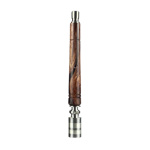
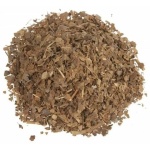
Kra Thum Na (Mitragyna Javanica)
5,00 € – 24,00 €Price range: 5,00 € through 24,00 €
Mitragyna Javanica is an Asian plant that belongs to the same "family" as Kratom (Mitragyna Speciosa). It is mostly used by those who want to taper off Kratom or at the same time as Kratom in a 1:1 ratio to enhance the relaxing effects of green or red Kratom varieties.
Mitragyna Javanica is a plant that has been used for centuries in Southeast Asia. There is still much to learn about this plant as it is relatively new to most Mitragyna spp plant recipients. (that's where Kratom belongs), but the truth is that it has been used for many years in Asia. Local people in countries such as Thailand, Malaysia and Indonesia have used Mitragyna Javanica for a variety of reasons - e.g in traditional medicine, to increase physical-mental energy but also for productivity as a stimulant or sedative.
Mitragyna Javanica is believed to originate from the jungles of Java in Indonesia – hence its name. It was first recorded by a Dutch botanist named Pieter Korthals in 1839. Over the years it began to gain more and more interest for people involved in the field of ethnobotany. The popularity of kratom and the need for herbal alternatives to Kratom have increased interest to Mitragyna Javanica plant.
Javanica tends to be more sedating than kratom as it does not share the strong dopaminergic effects of the latter. The effects of Mitragyna Javanica can include soothing sensations and a milder boost in energy. These effects appear to be due to the substances mitraphylline and mitragynine. Mitragynine is the main active ingredient in Kratom – in Javanica it is present in much lower concentrations compared to Kratom. Mitraphylline tends to be more relaxing than "elevating" - this is probably why Javanica is more relaxing and soothing.
Mitragyna Javanica can perhaps be considered the best substitute for Kratom. It is considered a milder, smoother and more palatable variant of kratom. Those trying Kratom for the first time may find it attractive to try Mitragyna Javanica as a less potent and robust alternative to Kratom. Although many people believe that Mitragyna Javanica is milder than Mitragyna Speciosa (Kratom), the results are similar when Javanica is used in comparable amounts. The best practice of using it is a ratio of 1:1 to Speciosa.
| Packaging |
15 g. ,30 g. ,100 g. |
|---|---|
| ΠΟΙΚΙΛΙΕΣ |
Yellow |
BLOG ARTICLES & EXTERNAL LINKS
DISCLAIMER
Read the Legal Statement before buying (especially article 6):
http://ethosherbals.com/dilosi/
With the purchase of the product you automatically accept the terms and conditions of the transaction.
By ordering any of our products of the Smartshop section of Ethos Herbals, you automatically agree to the terms and conditions.
The buyer understands that all products of Smartshop section of Ethos Herbals physical and online store are offered exclusively with the condition that will be used as samples of herbs, for legitimate research, incense, educational and/or ornamental purposes. The buyer of the product category Smartshop of Ethos Herbals understands the term "NOT SOLD FOR HUMAN CONSUMPTION".
Ethos Herbals and its representatives assume no responsibility, implied or otherwise, for any other use of our products. The information provided by the Ethos Herbals or their representatives via email, phone, fax or any other form of transmission, including links to or from this website, is purely for educational purposes only and should not in any way be construed as a recommendation for a specific treatment plan , product, or course of action.
As a buyer, do not make automatically any assumptions or statements that the information or the products listed are available, appropriate or legal outside of Greece. The person or persons who order products of our Smartshop section understand that they have to be fully aware of the laws that apply in city, state, or country. Neither Ethos Herbals nor any of its agents will be liable for damages of any kind arising in connection with your use of this site or products, including compensatory, direct, indirect or consequential damages. In any case, during the ordering process of our products, the customer must be 18 years of age or older to use our store. The submission of the order is carried out in accordance with these terms and conditions.
You must be logged in to post a review.

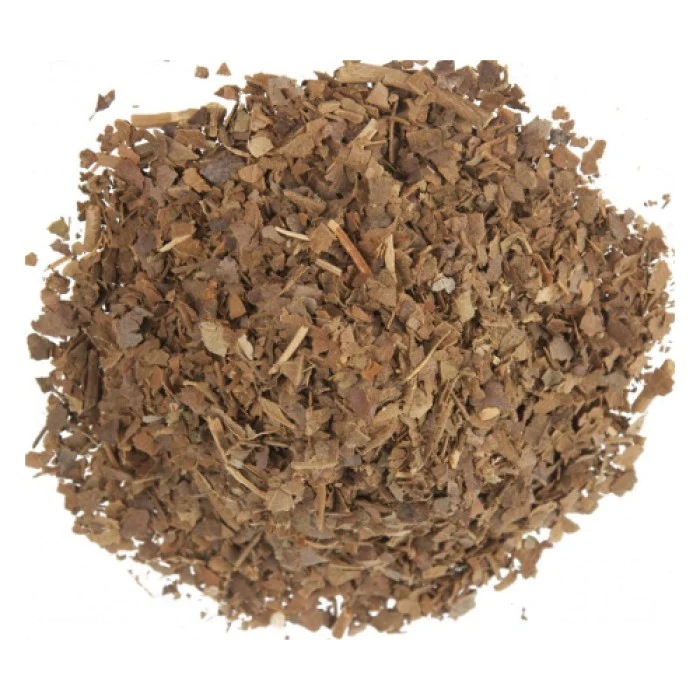
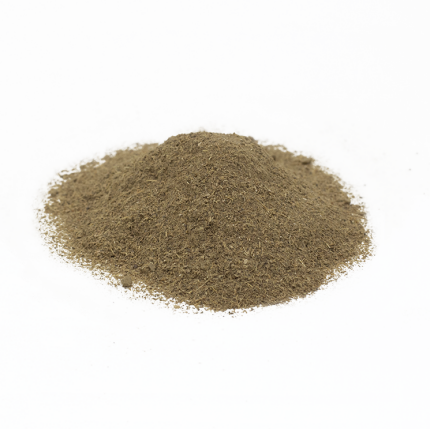

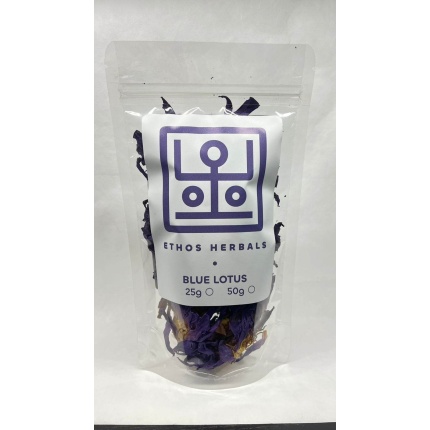
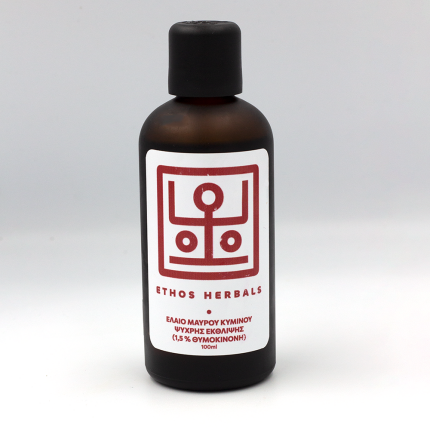
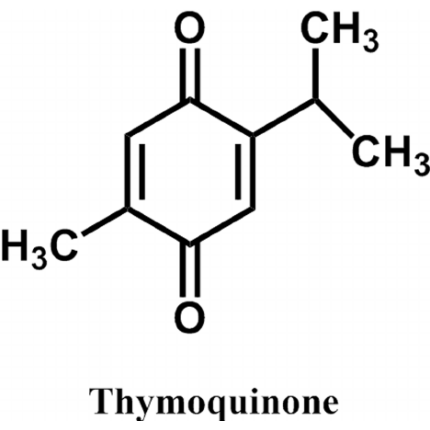
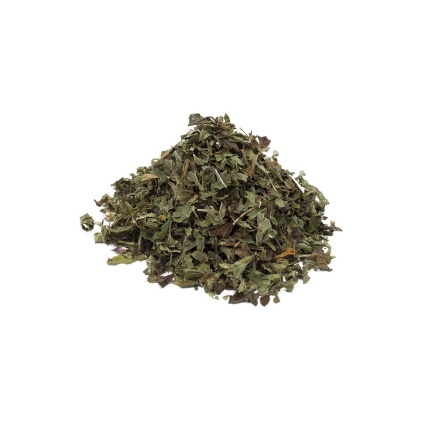
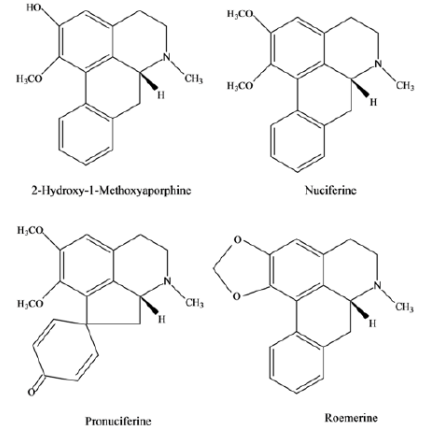
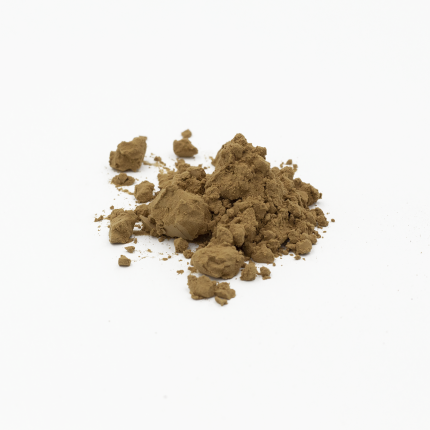
 Ethos Herbals Blends
Ethos Herbals Blends Cannabis
Cannabis SmartShop
SmartShop VapeShop
VapeShop Medicinal Herbs
Medicinal Herbs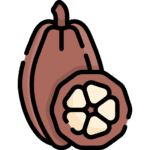 Cacao & Tea
Cacao & Tea Aromatherapy
Aromatherapy Ethos Lifestyle
Ethos Lifestyle
Reviews
There are no reviews yet.